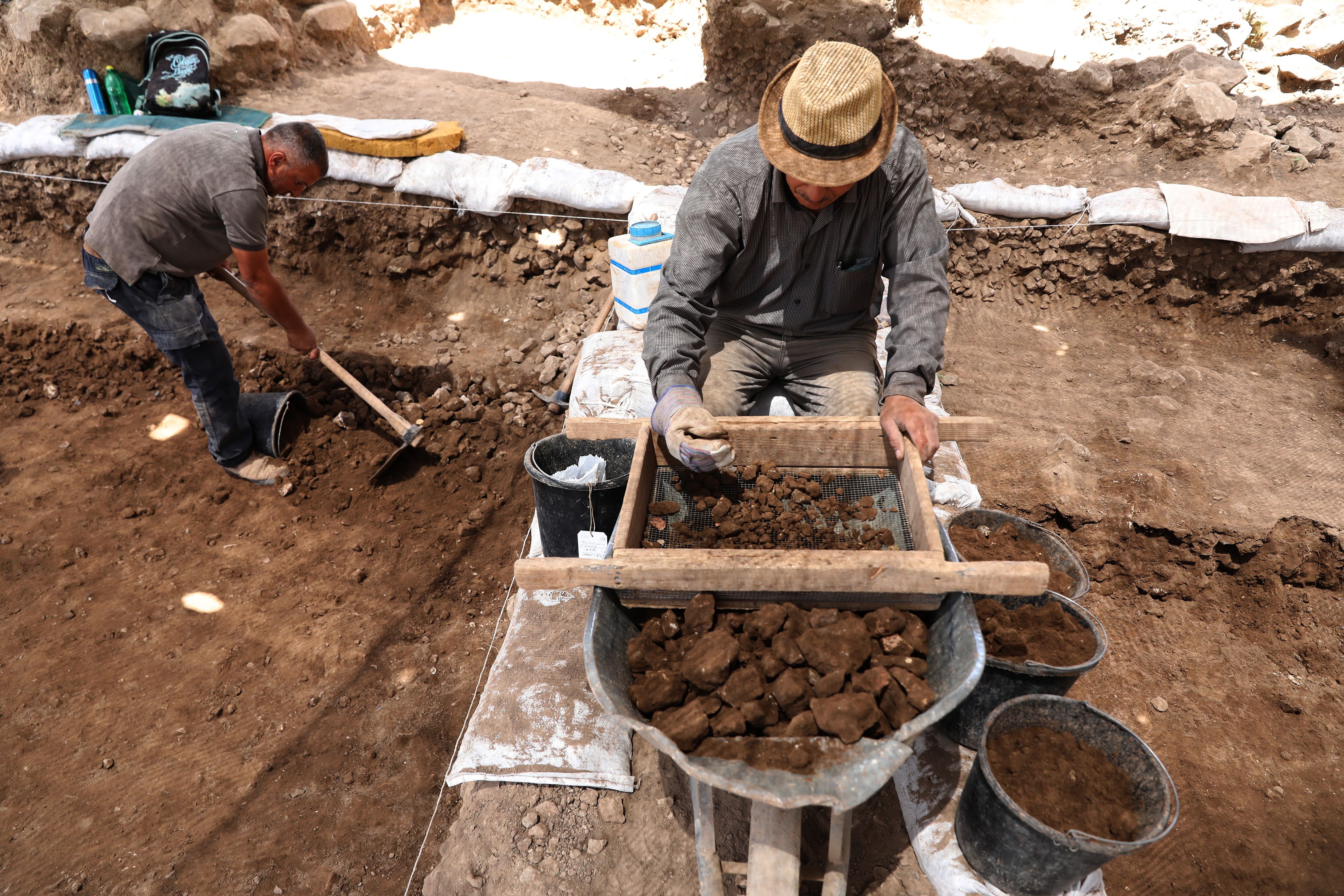‘Profound’ quantum breakthrough could reveal hidden world beneath our feet

Your support helps us to tell the story
From reproductive rights to climate change to Big Tech, The Independent is on the ground when the story is developing. Whether it's investigating the financials of Elon Musk's pro-Trump PAC or producing our latest documentary, 'The A Word', which shines a light on the American women fighting for reproductive rights, we know how important it is to parse out the facts from the messaging.
At such a critical moment in US history, we need reporters on the ground. Your donation allows us to keep sending journalists to speak to both sides of the story.
The Independent is trusted by Americans across the entire political spectrum. And unlike many other quality news outlets, we choose not to lock Americans out of our reporting and analysis with paywalls. We believe quality journalism should be available to everyone, paid for by those who can afford it.
Your support makes all the difference.Scientists have found an object hidden under the ground using quantum technology, in a major breakthrough.
Researchers say the milestone could represent a “profound” change in the way we work and understand the ground beneath us.
Even though it is just a few feet away, the world beneath our feet remains largely mysterious and difficult to explore.
Now scientists have been able to overcome that difficulty using a quantum gravity gradiometer, developed by University of Birmingham scientists as part of a UK Ministry of Defence contract. It is the first ever time that such a technology has been used outside of a lab.
“This is an ‘Edison moment’ in sensing that will transform society, human understanding and economies,” said Kai Bongs, head of cold atom physics at the University of Birmingham and principal investigator of the UK Quantum Technology Hub in Sensors and Timing.
“With this breakthrough we have the potential to end reliance on poor records and luck as we explore, build and repair. In addition, an underground map of what is currently invisible is now a significant step closer, ending a situation where we know more about Antarctica than what lies a few feet below our streets.”
The sensor works by measuring the small changes in the strength of gravitational fields that happen when a cloud of atoms is dropped. The bigger the object is, and the more its density is different from that which surrounds it, the bigger that change in strength.
Using the new technology, scientists hope to better understand all of the material that is currently hidden beneath our feet. That would include finding natural resources or built structures, better predicting natural events such as volcanic eruptions, and searching for answers to archaeological mysteries without having to dig up the Earth.
At the moment, scientists use traditional gravity sensors to try and answer some of those questions. But they are limited by a range of problems in the environment, including vibration that means they can’t be used for a long time.
Scientists hope that better technology could allow such surveys to be faster, more detailed and cost less. They claim that the new quantum technology could help address those problems, overcoming issues such as the difficulties caused by vibration.
Surveys could happen 10 times as quickly, and at a lower cost, but still produce more reliable data, the researchers say.
The successful detection of that first object is reported in an article, titled ‘Quantum sensing for gravity cartography’, published in Nature.
Join our commenting forum
Join thought-provoking conversations, follow other Independent readers and see their replies
Comments